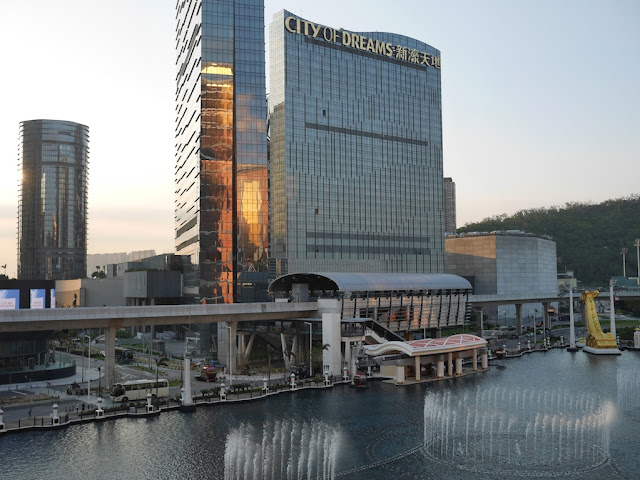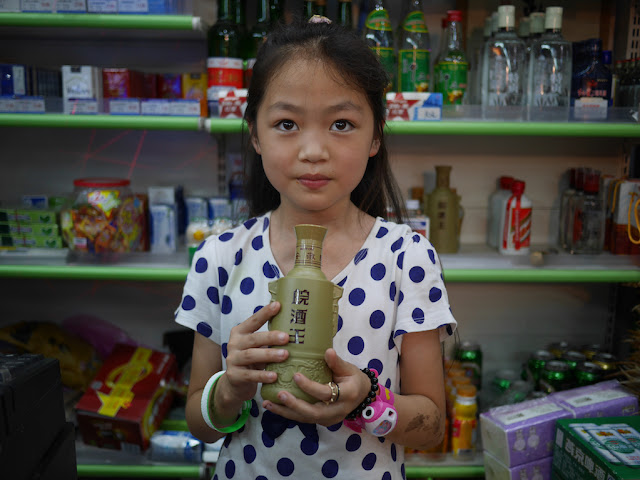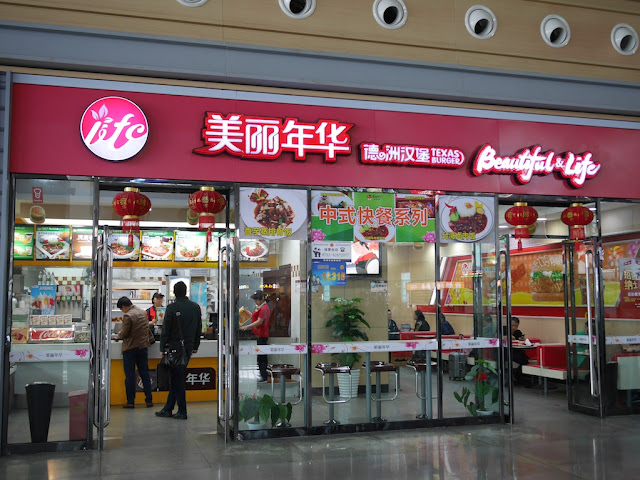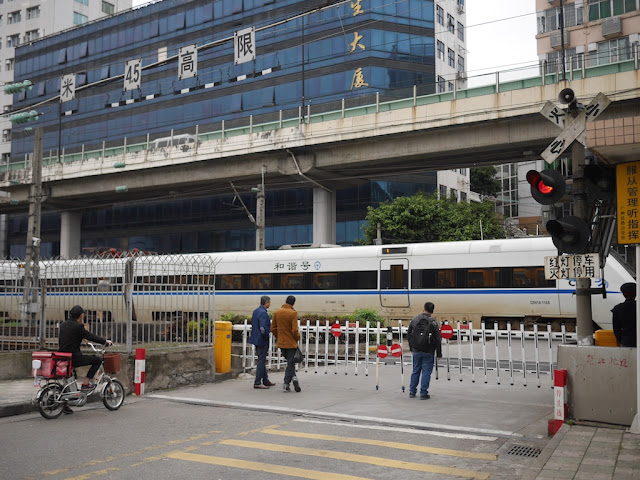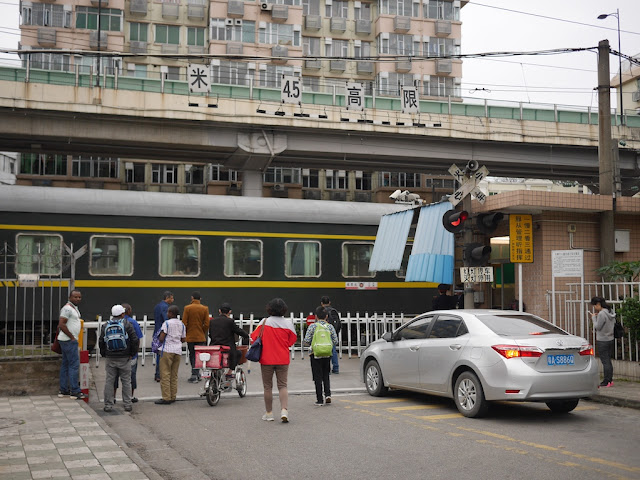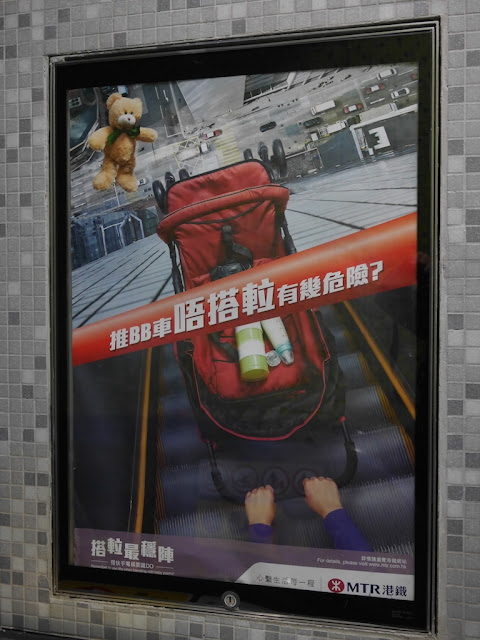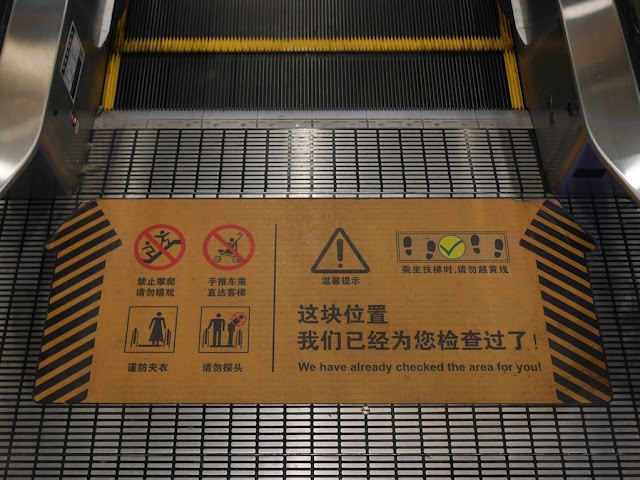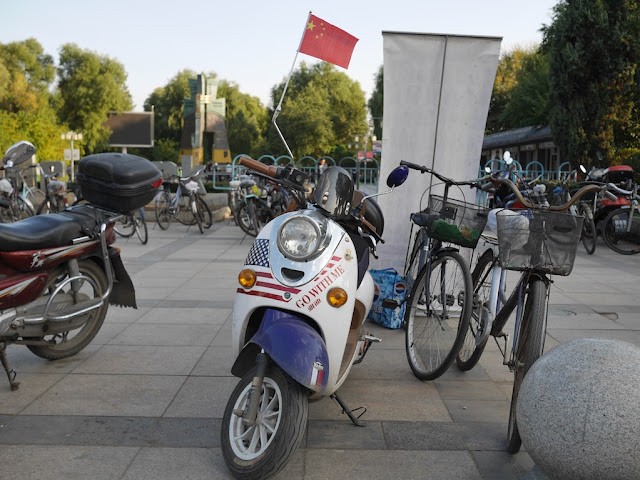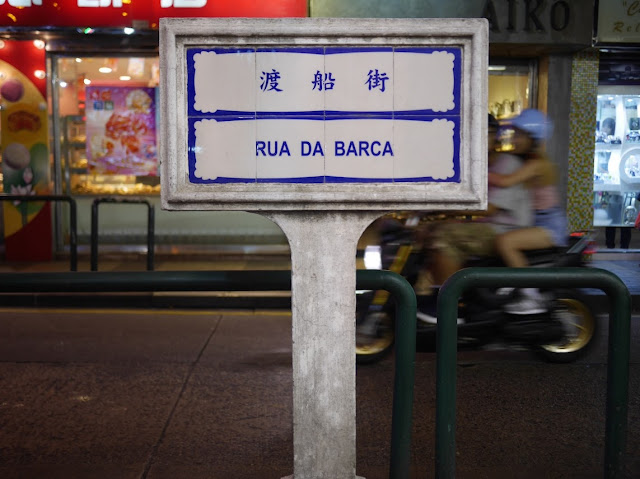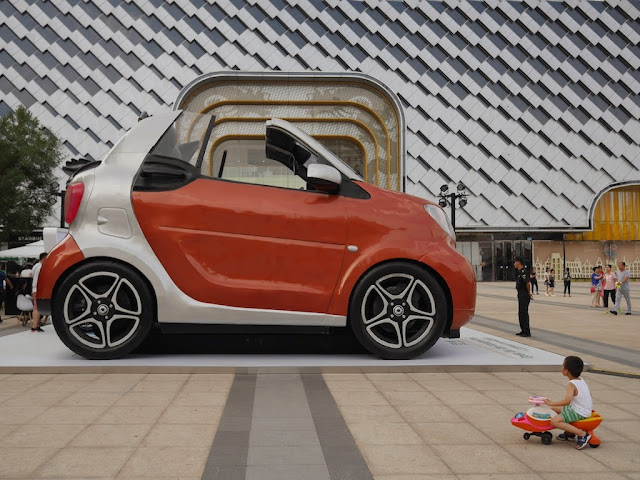The Wynn Palace casino resort opened last year in Cotai, Macau. Although the building's architecture may not impress as many people as the nearby MGM Cotai casino resort or Morpheus hotel, it visually stands out for another reason.
The Wynn Palace has its own mono-cable detachable gondola (MDG) system, a type of cable car, which it calls the SkyCab. Along with sharing some of the early reaction, the Gondola Project detailed the gondola's special features:
And not only is the ride complimentary, but when I arrived there wasn't any line. So I quickly found myself headed towards the head of a golden dragon for free.
The ride was smooth and enjoyable, but I did experience one problem — the air conditioning.
Although the air conditioner was blowing air, the cabin felt like a sauna and wasn't much better than the hot outdoors. I don't know whether or not the problem was specific to this car.
In any case, soon I was at the other station. At a nearby outdoor area, the view includes Wynn Palace's Performance Lake as well as the City of Dreams casino resort, though the Morpheus hotel is mostly hidden.
Also easy to spot is a station for the Macau Light Rapid Transit (LRT) next to the StarCab station. The LRT was originally expected to have opened last year. There were some slight delays, though, and now the planned opening is in 2019 for just this particular line, which doesn't reach much of the most densely populated area of Macau or the land border with mainland China. It will be a while before the SkyCab's full potential can be realized.
Finally, after reaching the SkyCab station at the edge of the main building complex, riders may be eager to discover what greets them inside. And they may be surprised when the only option other than enjoying the outdoor viewing area, which is easy to miss, is to return to ground level.
After the excitement of taking a gondola into a world class resort, a nondescript hallway and unremarkable long escalator ride can be a buzzkill and feel inconsistent with the resort's claim that the "SkyCab delivers you into the heart of Wynn Palace". Other possibilities could have been an upper level shopping / entertainment area as found in some other nearby casino resorts or the gondola returning the ground the level, perhaps to an internal courtyard. The possibilities are seemingly endless for a resort with many resources at its disposal. The gondola clearly wasn't built for purely pragmatic reasons and is intended to impress, yet it ends (or begins) on such a relatively mundane note.
So you could say the experience left me hanging and feeling it could have been much more. Still, I can say SkyCab is now my favorite free gondola ride with dragons.
The Wynn Palace has its own mono-cable detachable gondola (MDG) system, a type of cable car, which it calls the SkyCab. Along with sharing some of the early reaction, the Gondola Project detailed the gondola's special features:
Typically cable cars can’t turn corners without a mid-station, but this system is able to make a total of 6 turns with 2 stations because it operates in an unidirectional configuration. As we’ve discussed before with the Kolmarden Wildlife gondola in Sweden, the basic rule of turning without intermediary stations is this: Cabins can only flow in one direction and all turns must be either to the left (in the event of a clockwise traffic flow) or right (in the even of a counter-clockwise traffic flow).The SkyCab has yet another great feature:
Aside from its unique operating characteristics, the gondola was undoubtedly designed with opulence and glitz in mind to match its environment. Two of the system’s towers were built in the form of a golden dragon while the cabins were all equipped with a custom audio system and air conditioning. Despite the advances made in ropeway technology, air conditioned cabins are still uncommon.
And not only is the ride complimentary, but when I arrived there wasn't any line. So I quickly found myself headed towards the head of a golden dragon for free.
The ride was smooth and enjoyable, but I did experience one problem — the air conditioning.
Although the air conditioner was blowing air, the cabin felt like a sauna and wasn't much better than the hot outdoors. I don't know whether or not the problem was specific to this car.
In any case, soon I was at the other station. At a nearby outdoor area, the view includes Wynn Palace's Performance Lake as well as the City of Dreams casino resort, though the Morpheus hotel is mostly hidden.
Also easy to spot is a station for the Macau Light Rapid Transit (LRT) next to the StarCab station. The LRT was originally expected to have opened last year. There were some slight delays, though, and now the planned opening is in 2019 for just this particular line, which doesn't reach much of the most densely populated area of Macau or the land border with mainland China. It will be a while before the SkyCab's full potential can be realized.
Finally, after reaching the SkyCab station at the edge of the main building complex, riders may be eager to discover what greets them inside. And they may be surprised when the only option other than enjoying the outdoor viewing area, which is easy to miss, is to return to ground level.
After the excitement of taking a gondola into a world class resort, a nondescript hallway and unremarkable long escalator ride can be a buzzkill and feel inconsistent with the resort's claim that the "SkyCab delivers you into the heart of Wynn Palace". Other possibilities could have been an upper level shopping / entertainment area as found in some other nearby casino resorts or the gondola returning the ground the level, perhaps to an internal courtyard. The possibilities are seemingly endless for a resort with many resources at its disposal. The gondola clearly wasn't built for purely pragmatic reasons and is intended to impress, yet it ends (or begins) on such a relatively mundane note.
So you could say the experience left me hanging and feeling it could have been much more. Still, I can say SkyCab is now my favorite free gondola ride with dragons.





